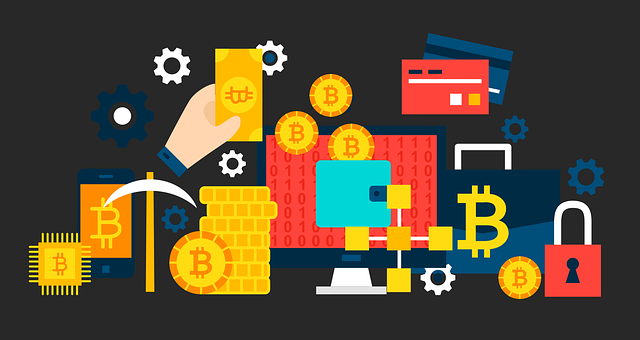Non-fungible token NFT
Contents |
[edit] Introduction
A non-fungible token (NFT) is a distinct digital object that is housed on a blockchain. An NFT is best described as a registration licence for a particular, one of a kind object. For architects, photographers and other producers of original concepts, NFTs are a method of creating, showcasing and commercialising their designs.
In the NFT marketplace, authenticity of original ownership is not the same as copyright.
[edit] Licencing and management
The licence number for the NFT is retained within a blockchain database of information, stored chronologically across a decentralised network of computers. Once published, the information on the blockchain cannot be changed. There is just one single source of information or single source of truth (immutable records of transactions, interactions) on the blockchain maintained by the network and its protocol.
[edit] Blockchain as the NFT backbone
Blockchain was introduced in 2008. It was first adapted as the underlying technology of Bitcoin.
In 2020, blockchain started being used as a management, certification and trading tool for unique digital assets that are tracked on blockchains. These assets could be in any digital format - and could be copied - but there would only be one 'original' NFT record. Assets could include music, fashion, games, video, and so on. NFTs provide a mechanism for creating a market for these intangible items.
The digital collectible market of 2021 has grown exponentially, as more NFTs become available and people become more comfortable with cryptocurrencies.
[edit] Energy issues and crypto trading
Due to its reliance on computing power, blockchain, bitcoin and NFTs have been criticised for their energy usage and the carbon footprints they produce. This is due to their reliance on the proof-of-work protocol that confirms blockchain transactions over public networks.
Some NFTs are seeking alternative measures of authenticity verification - such as proof of stake - that are less energy intensive.
[edit] Related articles on Designing Buildings Wiki
- Blockchain.
- Blockchain could transform the construction industry.
- Blockchain definitions.
- Blockchain – feasibility and opportunity assessment.
- Blockchain in the built environment.
- Blockchains will change construction.
- Eliminating waste at scale – opportunities for blockchain.
- Metaverse.
- Persistent identifiers for digital objects.
- Student projects released as non-fungible tokens.
Featured articles and news
Infrastructure that connect the physical and digital domains.
Harnessing robotics and AI in challenging environments
The key to nuclear decommissioning and fusion engineering.
BSRIA announces Lisa Ashworth as new CEO
Tasked with furthering BSRIA’s impressive growth ambitions.
Public buildings get half a million energy efficiency boost
£557 million to switch to cleaner heating and save on energy.
CIOB launches pre-election manifesto
Outlining potential future policies for the next government.
Grenfell Tower Inquiry announcement
Phase 2 hearings come to a close and the final report due in September.
Progress from Parts L, F and O: A whitepaper, one year on.
A replicated study to understand the opinion of practitioners.
ECA announces new president 2024
Electrical engineer and business leader Stuart Smith.
A distinct type of countryside that should be celebrated.
Should Part O be extended to existing buildings?
EAC brands heatwave adaptation a missed opportunity.
Definition of Statutory in workplace and facilities management
Established by IWFM, BESA, CIBSE and BSRIA.
Tackling the transition from traditional heating systems
59% lack the necessary information and confidence to switch.
The general election and the construction industry
As PM, Rishi Sunak announces July 4 date for an election.
Eco apprenticeships continue help grow green workforce
A year after being recognised at the King's coronation.
Permitted development rights for agricultural buildings
The changes coming into effect as of May 21, 2024.






















